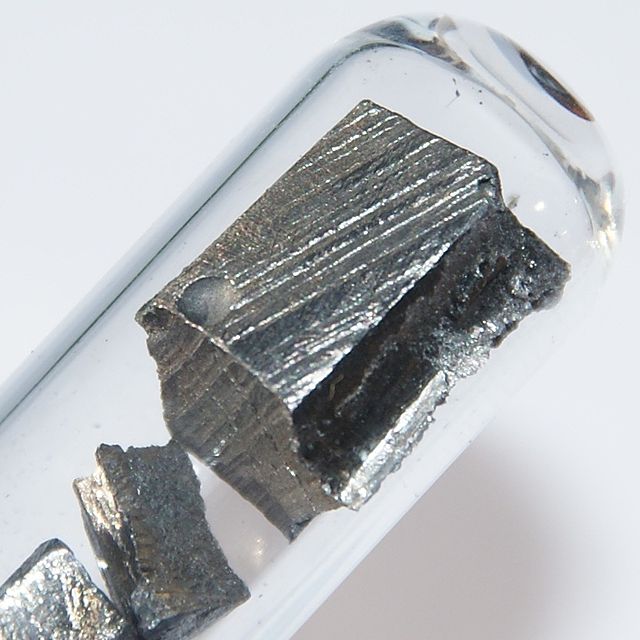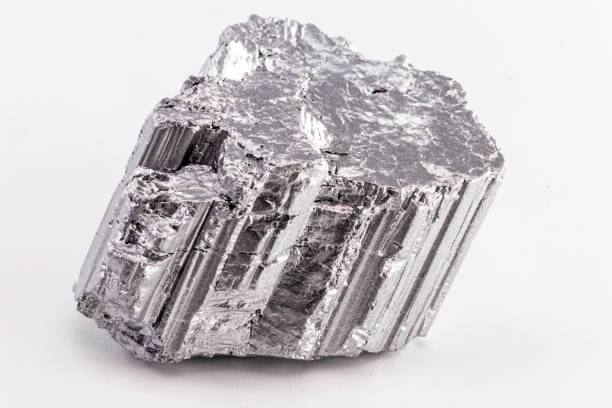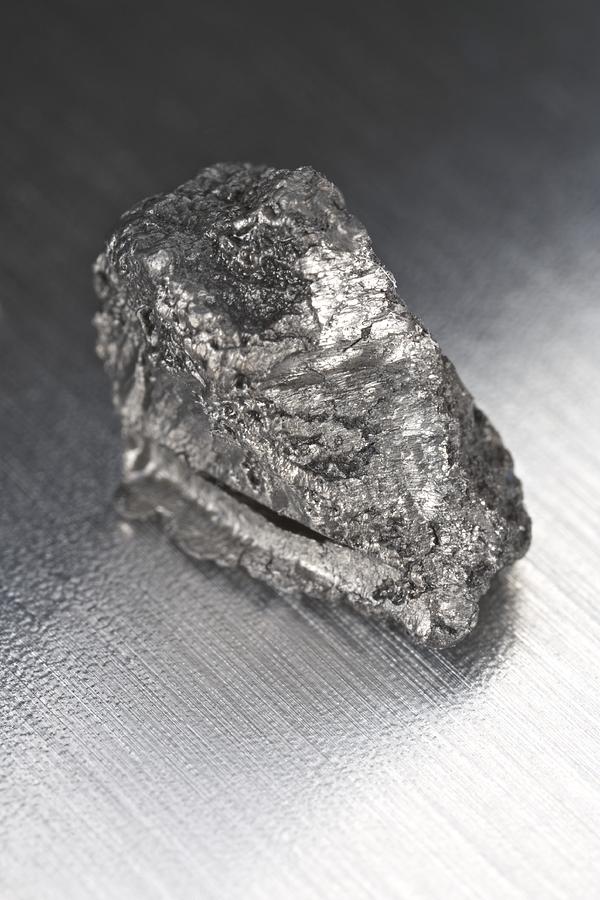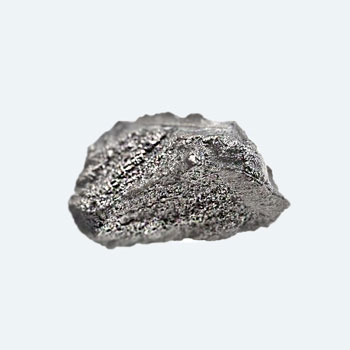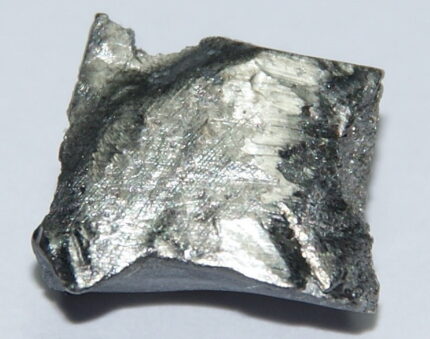Description
Neodymium is a rare earth element that has garnered significant attention due to its remarkable magnetic properties and its diverse range of applications. With the chemical symbol Nd and atomic number 60, neodymium is a silvery-white metal that belongs to the lanthanide series of the periodic table. One of its most notable features is its ability to form strong permanent magnets when alloyed with iron and boron, resulting in the creation of neodymium-iron-boron (NdFeB) magnets. These high-performance magnets have revolutionized various industries, including electronics, automotive, and renewable energy, by enabling the development of smaller and more efficient motors, hard drives, and wind turbines.
The demand for neodymium has surged in recent years, driven by the rapid advancement of technology and the shift toward sustainable energy solutions. As a crucial component in electric vehicle motors and energy-efficient devices, neodymium plays a vital role in the transition to a greener economy. However, the extraction and processing of neodymium pose environmental challenges, as the mining of rare earth elements can lead to habitat destruction and pollution if not managed sustainably. Therefore, the quest for alternative sources and recycling methods for neodymium has become increasingly important to mitigate environmental impacts and ensure a stable supply.
Despite its benefits, the geopolitical landscape surrounding neodymium is complex, as major reserves are concentrated in a few countries, particularly China, which dominates the global market. This concentration of resources has raised concerns about supply chain vulnerabilities and has prompted other nations to explore domestic production and develop new technologies to reduce reliance on imported neodymium. As research continues into innovative extraction methods and the potential for synthetic alternatives, the future of neodymium remains intertwined with advancements in technology and sustainable practices, making it a crucial element in the ongoing quest for progress in the modern world.

